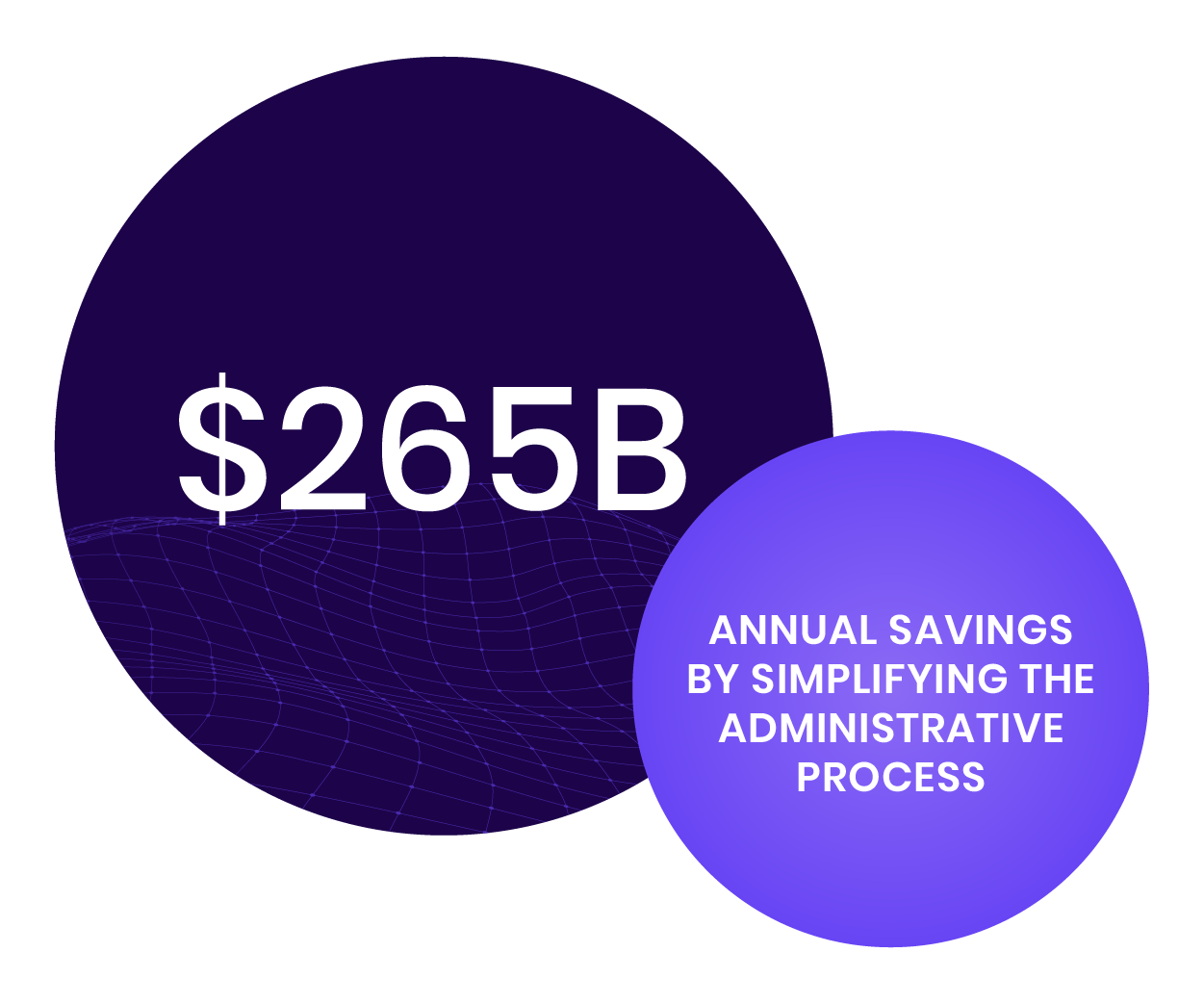We learned a lot during the COVID-19 pandemic about how important innovation is in healthcare. The quick pivot to telehealth is just one example.
Every day, innovators bring new digital solutions to the healthcare market to help solve problems, reduce costs, and create better healthcare experiences.
Many current healthcare processes, especially administrative processes, can impede a patient’s access to care due to a lack of data fluidity between payers and providers. These include:
Digital tools like artificial intelligence (AI), machine learning, blockchain, and robotic process automation (RPA) can vastly improve these processes, enabling more timely access to care and making it easier for patients to pay for the care they need when they need it.

We’ve been talking about improving patient satisfaction and creating more patient-centric care experience for years. But we’ll never get there if we continue to be focused on just clinical healthcare, which is where our efforts toward interoperability have traditionally been drawn.
Stuart Hanson
CEO, Avaneer Health
There are unlimited clinical and administrative use cases for digital innovation. AI and other technologies can be implemented into many different processes throughout the healthcare ecosystem.
One example of how digital tools can drive healthcare innovation is through a decentralized network. A decentralized network allows payers, providers, and innovators to more easily collaborate, create, and deploy their solutions without needing to build a separate connection to each trading partner or stakeholder.
The Avaneer Network™ is a prime example of a solution driving innovation. The Avaneer Network is a secure, permissioned, decentralized network and platform built on a data fabric infrastructure.
Once a participant connects to the network, they can use a single platform to connect to any other participant, eliminating the need to build or maintain multiple connections or gateways. Once the connection is established, data can flow freely in real time, removing interoperability barriers and allowing true data fluidity.


The healthcare industry incurs billions in excessive costs each year due to administrative inefficiencies. These costs come primarily from issues in billing and insurance processes.
Innovation helps by making it easier for payers and providers to share information and conduct transactions in real time without the need for third-party intermediaries.
The healthcare industry could save a quarter-trillion dollars by simplifying administrative processes.
Source:
JAMA